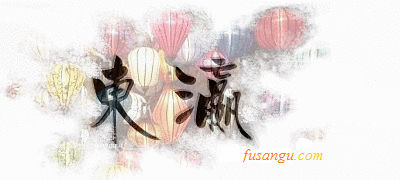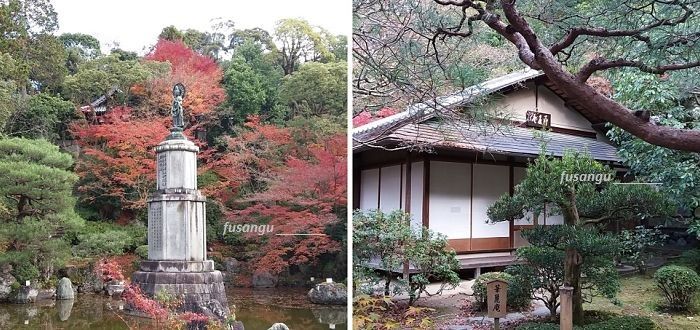
A journey to Kyoto cannot omit a visit to Higashiyama and Sakyo, two of the most beautiful areas of the cities, particularly rich in historic temples and shrines.
Very close to the city centre, this area is noted for the beautiful natural landscape as well as vast swathes of traditional architecture.
In this page we briefly describe a full-day itinerary. The programme includes some of Kyoto’s most important landmarks and is particularly suitable for the first journey in Japan.
The itinerary is outlined so as to rationalise movements and keep travel time to a minimum.
Northern Higashiyama and Sakyo
The following programme is suitable for the first visit to Kyoto. Modifications and detours can be easily included, which is of particular interest to those who wish to get off the beaten track.
The programme is suitable also to those who wish to visit Kyoto with excursions from Osaka. In this case, we suggest you take advantage of the Keihan Main Line, which provides a rapid and cheap connection between the two cities.
Buses offer the cheapest and most convenient option to get around but if you are a keen walker, you can simply reach all destinations on foot.
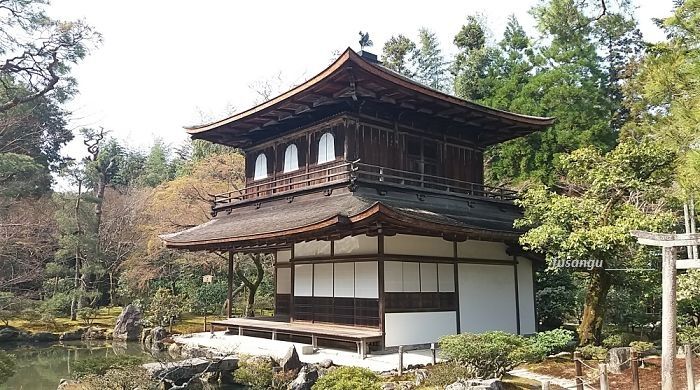
Suggested programme
We assume you travel from Osaka. In case you stay in Kyoto, you will have two more hours to spend.
Excursion from Osaka: 8-hour itinerary:
-
Kyobashi Station (Osaka)
↨ by train: 45-55 minutes | 410 yen
-
Gion-Shijo Station (Kyoto)
↨ on foot: 600 metres | 7 minutes
-
Gion, walking tour. Recommended duration of the tour: 1 hour
-
Hanamikoji-dori, Gion’s main alley
↨ on foot: 800 metres | 10 minutes
-
Tatsumi-Jinja, a small Shinto shrine set in one of Gion’s best preserved areas
↨ on foot: 600 metres | 7 minutes
-
Yasaka-Jinja, historic Shinto shrine, adjacent to the beautiful Maruyama Koen, a large park, one of Kyoto’s best cherry blossom spots. Recommended duration of the visit: 30 minutes
↨ on foot: 600 metres | 7 minutes
-
Chion-In, large Buddhist temple, most noted for the imposing halls, a group of works of art and two beautiful gardens. Recommended duration of the visit: 1 hour
↨ on foot: 500 metres | 5 minutes
-
Shoren-In, a small Buddhist temple enclosed by a beautiful garden considered one of the most beautiful places where you can enjoy autumn colours. Recommended duration of the visit: 30 minutes
↨ on foot: 1.500 metres | 20 minutes
-
Nanzen-Ji, one of Kyoto’s largest and most ancient Buddhist temples. Recommended duration of the visit: 45 minutes
↨ on foot: 500 metres | 5 minutes
-
Eikan-Do, a Buddhist temple situated near a large forest, another excellent place where you can enjoy the beauty of autumn colours. Recommended duration of the visit: 45 minutes
↨ on foot: 400 metres | 5 minutes
-
Philosopher’s Path, a winding narrow alley shaded by numerous cherry trees. A few temples are located near the street. Distance: 1.500 metres. Recommended duration of the visit: 1 hour
↨ on foot: 400 metres | 5 minutes
-
Ginkaku-Ji, historic Buddhist temple in Sakyo, regarded as the cradle of Higashiyama Culture. A former residence of a shogun, the complex comprises architectures of exceptional beauty and artistic value. The Kannon-Den, where relics are stored, lies next to a pond and a dry garden. Recommended duration of the visit: 1 hour
↨ by bus, lines 102 or 203 (alternatively on foot: 2.500 metres | 30 minutes)
-
Demachiyanagi Station (Kyoto)
↨ by train: 50-75 minutes | 480 yen
-
Kyobashi Station (Osaka)
Overall duration of the tour
By combining the partial values related to the single legs of the itinerary the following estimates are derived:
-
Train travel time (if you come from Osaka): 100 - 130 minutes
-
Walking time: 2 hours
-
Duration of the visits: 6 - 7 hours
Total: 8 - 9 hours (up to 2 hours less if your hotel is located in Gion)
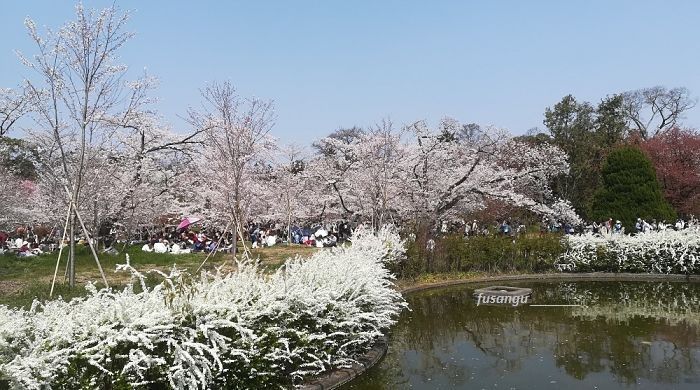
Related articles:
Main article: Kyoto 3 day itinerary
Southern Higashiyama (itinerary along the Keihan Main Line) | From Kyoto Station to Ginkaku-Ji (half-day and full-day itineraries)
Western Kyoto: Itineraries along the JR Sagano Line
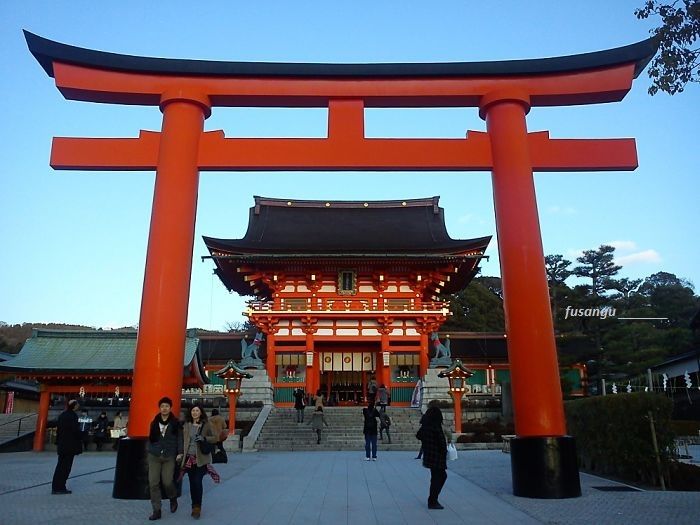
If you wish to be enchanted by the beauty of ancient Kyoto you should devote a few days to Higashiyama, Sakyo and Ukyo. Very close to the city centre, east of Kamo river is Higashiyama, one of Kyoto’s best preserved historical districts.
In this page we briefly describe a full-day itinerary. The programme includes some of Kyoto’s most important landmarks and is particularly suitable for the first journey in Japan.
The itinerary is outlined so as to rationalise movements and keep travel time to a minimum.
Southern Higashiyama
The following itinerary moves through a very dense area in Higashiyama, south-eastern Kyoto. Detours and modifications are possible and quite easy. The programme is particularly suitable to those who choose to visit Kyoto with an excursion from Osaka.
We suggest you take advantage of the Keihan Main Line, which provides a rapid and cheap connection between the two cities. Within the urban area of Kyoto the trains stop at a few stations, which are in most cases very close to important sightseeing spots. Even if you sojourn in Kyoto, getting around by train along the Keihan Main Line can be a reasonable option, especially if you use the tourist tickets.
Suggested itinerary
We assume you travel from Osaka. In case you stay in Kyoto, you will have two more hours to spend.
↓ Suggested programme:
-
Kyobashi Station (Osaka) → Fushimi-Inari Station (Kyoto) - by train, Keihan Main Line; 45-55 minutes
-
Fushimi-Inari Station → Fushimi Inari Taisha; on foot, 500 metres
-
Fushimi Inari Taisha, one of Kyoto’s largest and most ancient shinto shrines. The beautiful religious site includes numerous elegant architectures surrounded by a large forest on the slopes of Mount Inari. The latter is part of a group of mountains which are the object of veneration. Duration of the visit: 2-3 hours
-
Fushimi Inari Taisha → Fushimi-Inari Station; on foot, 500 metres
-
Fushimi-Inari Station (Kyoto) → Tofukuji Station (Kyoto) - by train, Keihan Main Line; 5 minutes
-
Tofukuji Station → Tofuku-Ji; on foot, 800 metres
-
Tofuku-Ji, a large Buddhist temple. Beside the imposing architecture, Tofuku-Ji is most noted for the beautiful autumnal tinges of the bountiful vegetation that surrounds it. Duration of the visit: 1 hour
-
Tofuku-Ji → Tofukuji Station; on foot, 800 metres
-
Tofukuji Station (Kyoto) → Kiyomizu-Gojo Station (Kyoto) - by train, Keihan Main Line; 5 minutes
-
Kiyomizu-Gojo Station → Kiyomizu-Dera; on foot, 1.800 metres, 20-25 minutes
-
Kiyomizu-dera, historic temple marked by a distinctive architecture. It offer a wonderful panoramic position. Duration of the visit: 1 hour
-
Kiyomizu-Dera - Maruyama Koen walking itinerary; on foot, 3.500 metres, 3-4 hours
-
Sannen-zaka, Ninen-zaka, two picturesque streets lined with tea houses, souvenir shops and traditional houses
-
Yasaka-no-To, an ancient pagoda, a symbol of Higashiyama
-
Nene-no-michi, large alley that leads to Kodai-Ji
-
Kodai-Ji, a historic zen temple noted for the elegant halls, pavilions, tea houses and gardens
-
Yasaka Shrine, one of Kyoto’s most popular shrines, it is linked to the Gion-matsuri celebrations
-
Gion (Hanamikoji-dori), traditional tea house district
-
Gion → Gion-Shijo Station (Kyoto); on foot, 500 metres, 5 minutes
-
Gion-Shijo Station (Kyoto) → Kyobashi Station (Osaka) - by train, Keihan Main Line; 45-75 minutes
Overall duration of the tour
By combining the partial values related to the single legs of the itinerary the following estimates are derived:
-
Train travel time: 100 - 140 minutes
-
Walking time: 2 hours
-
Duration of the visits: 7 - 9 hours
Total: 11 - 13 hours (up to 2 hours less if your hotel is in eastern Kyoto)
Related articles:
Main article: Kyoto 3 day itinerary
Northern Higashiyama and Sakyo (itinerary along the Keihan Main Line) | From Kyoto Station to Ginkaku-Ji (half-day and full-day itineraries)
Western Kyoto: Itineraries along the JR Sagano Line
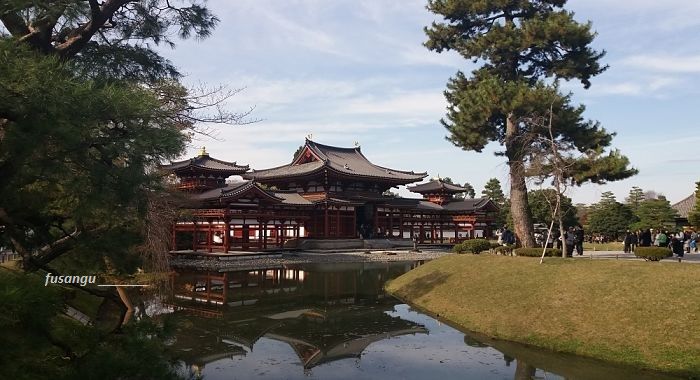
Uji is a small town located between Kyoto and Nara. Occupying a very prominent role in classical literature and the traditional Japanese culture of tea, Uji is home to some historic temples and shrines and a few museums.
Uji can easily be visited with an excursion from Kyoto or Nara. The city can be reached by train from all major centres of Kansai region.
Uji half-day itinerary
Uji is a pleasant small town that preserves beautiful architecture and a few places of worship of outstanding cultural and spiritual significance.
Itinerary: city centre
The typical itinerary in Uji follows a rectangular path, the longest stretches being along the quiet river that bisects the city centre.
|
Uji 0,5-day itinerary City centre Morning arrival |
|
|
Where to stay |
Kyoto, Nara or Osaka |
|
Day 1 |
Destinations:
How to get around:
|
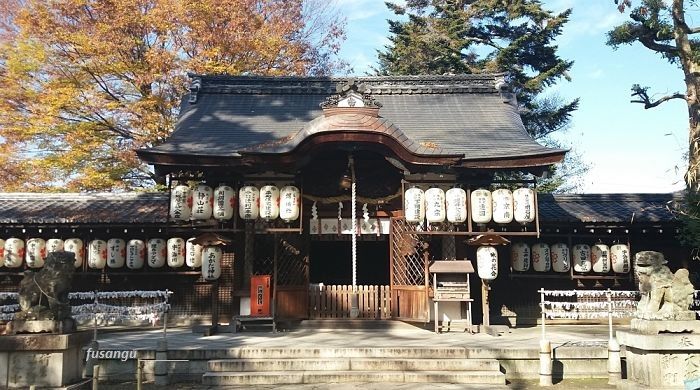
Full day itinerary
If you want to spend a full day in Uji you can easily find satisfaction by visiting the Agata-Jinja, a beautiful shinto shrine, the Museum of the Tale of Genji, devoted to the renowned novel, and a few tea houses, where you can taste the precious tea or participate in a tea ceremony.
If you enjoy walking you can venture outside the city centre. You can wander in the beautiful wood that lies east of the urban centre. Here are a few atmospheric temples and shrines. The scenery is particularly beautiful during the autumn leaf season (late November).
Related articles:
Nearby destinations:
Many tourists visit Nara with a one-day excursion from Kyoto or Osaka. Such a choice is reasonable if you have very little time, which is often the case for journeys to Japan that last less than 2 weeks.
There are reasons to opt for a longer stay. Nara is a wonderful little city that boasts a great amount of cultural heritage, archaeological sites and ancient temples and shrines of exceptional importance and beauty.
Nara 1,5-day itinerary
Nara can easily be reached by train from Kyoto and Osaka in around 60-70 minutes. Many of the city’s most important temples, shrines and gardens are located within the limits of the beautiful Nara Park. The area can be visited on foot with pleasure. City buses offer a convenient alternative.
If you choose to stay for at least one night in Nara you will be able to spend more time, enjoy a more relaxing pace, appreciate more the places you visit and add a few visits outside the ambit of Nara Park. Furthermore, you may choose to visit the less touristy spots and the ordinary city, in particular the area around Nara-machi.
If you are keen on history and religious architecture, you will certainly choose to reach the great temples in Nishinokyo and Ikaruga, in the city’s surroundings. These are among the nation’s most ancient and important places of worship.
Itinerary: Nara Park and Nishinokyo
Finding a hotel between Nara Station and Nara Park is a very convenient choice. Cheap and comfortable guest houses are located near Nara-machi.
|
Nara 1,5-day itinerary Nara Park and Nishinokyo Evening arrival |
|
|
Where to stay |
Nara Station, Naramachi |
|
Day 1 |
Destinations:
How to get around:
|
|
Day 2 (morning) |
Destinations:
How to get around:
|
Morning arrival
If you choose to reach Nara by noon, we suggest you leave your baggage at the station and begin your sightseeing path right away. You can devote the afternoon of the first day to Nishinokyo and Ikaruga and the next full day to central Nara.
Related articles:
Nearby destinations:
Visiting Hiroshima with a one-day excursion from Osaka or Kyoto is possible but such a choice makes things too hasty. A much better option is to spend at least one night in the city. In this way you can visit both Hiroshima and nearby Miyajima.
In this page we outline the programme for a short but rewarding visit to both Hiroshima and Miyajima.
Hiroshima 1,5-day itinerary
Hiroshima can easily be reached by high-speed train from Kyoto and Osaka. As the journey from these cities requires a little more than 2 hours, visiting Hiroshima on a day excursion is possible. A much better option is to spend a night in Hiroshima or, if you can afford it, in Miyajima, a beautiful island in the vicinity of the city.
Itinerary: Hiroshima and Miyajima
Finding a hotel near Hiroshima Station makes things easier. If you reach Hiroshima in the evening, you can check in at your hotel and spend some hours in the centre. Here are lots of shops and cheap eateries. The second night is best spent in Miyajima. This allows you to avoid the crowds and enjoy the magnificent atmosphere of tranquillity of the tiny island. This is particularly advisable if you wish to climb Mount Misen.
|
Hiroshima 1,5-day itinerary Hiroshima atomic attack memorial sites, Miyajima main religious architectures Evening arrival |
|
|
Where to stay |
Hiroshima Station and/or Miyajima |
|
Day 1 |
Destinations:
How to get around:
|
|
Day 2 (morning) |
Destinations:
How to get around:
|
Morning arrival
If you reach Hiroshima by noon, we suggest you leave your baggage at the station and begin your journey right away. You can devote the afternoon of the first day to Hiroshima and the next full day to Miyajima.
Related articles:
Page 5 of 8
